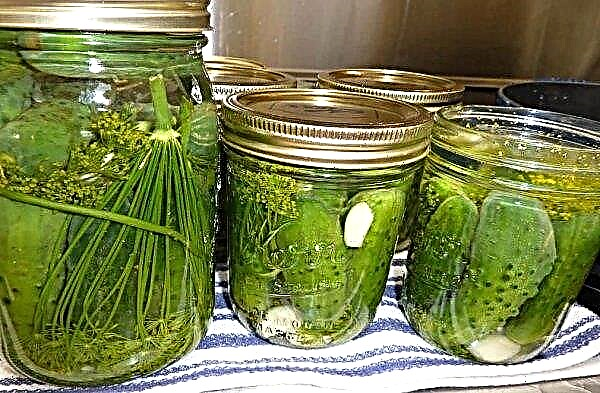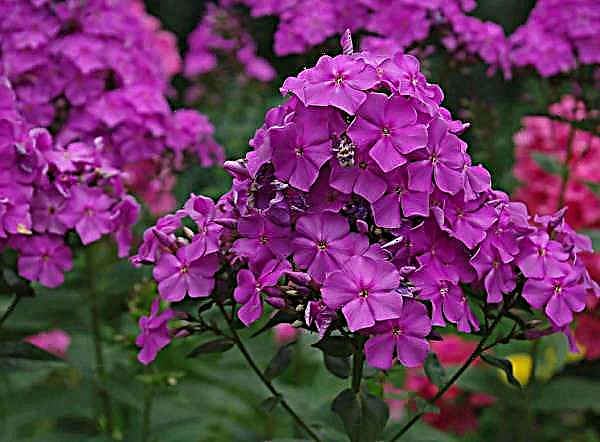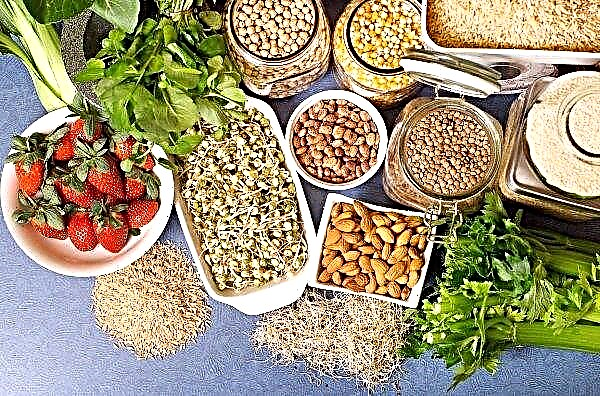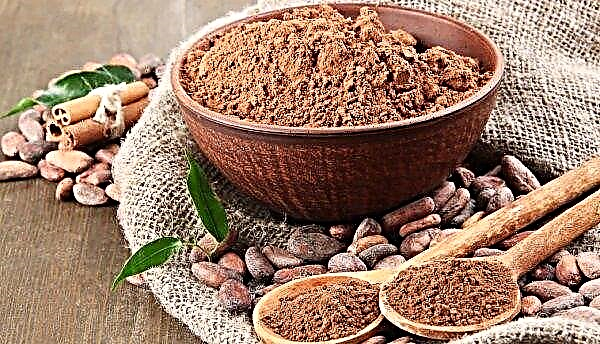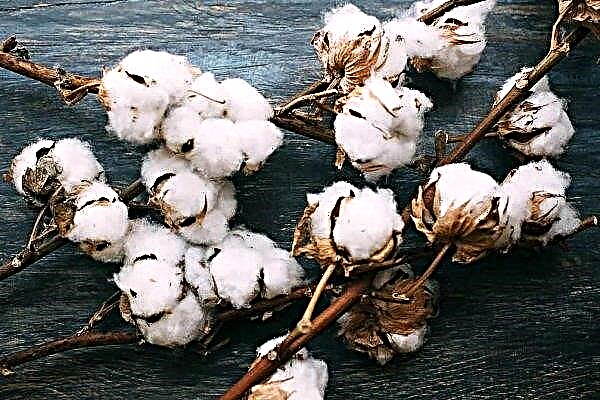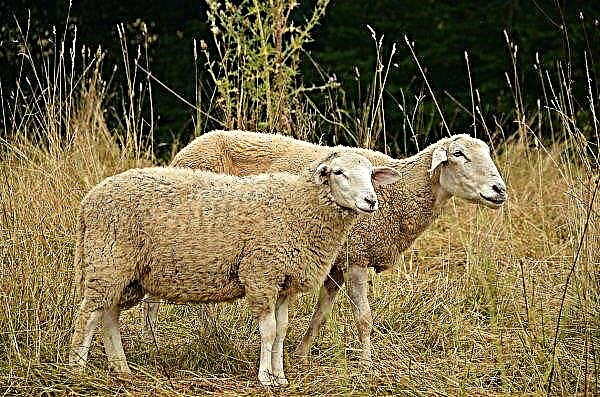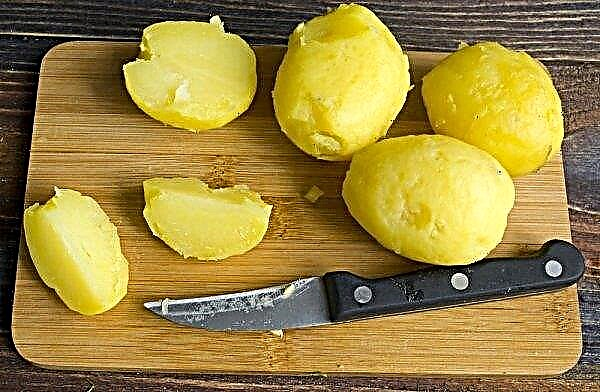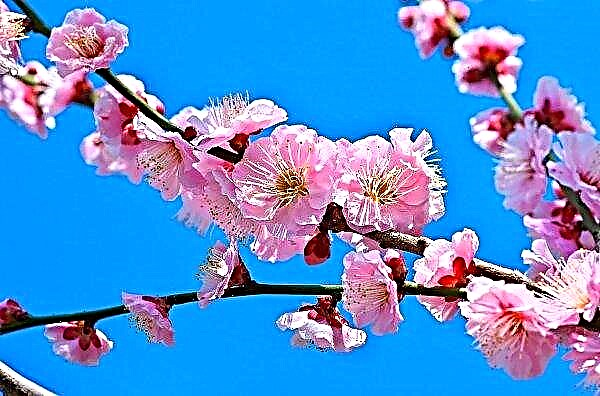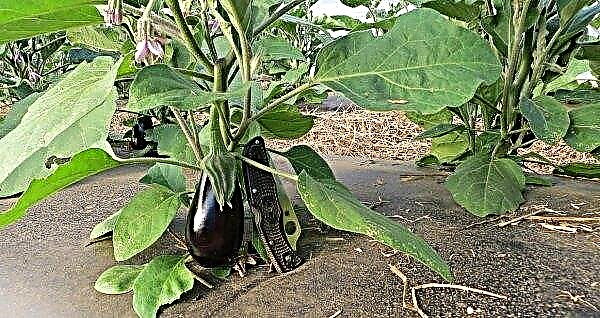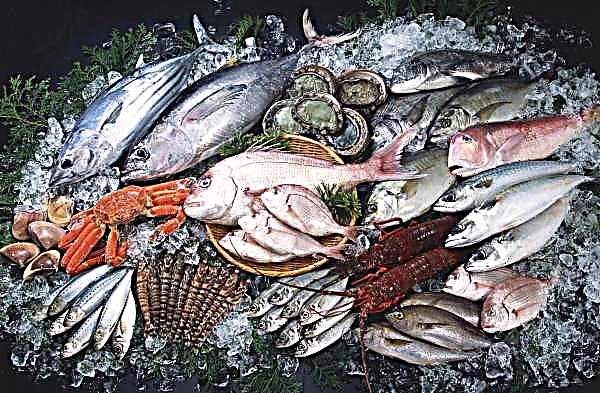Siberian spruce Pechora and blue - varieties of Picea obovata of the Pine family. These two evergreen trees are unusually beautiful. Pechora has an amazing gray color of needles, and blue - corresponding to the name. This article invites you to get acquainted not only with a description of both conifers, but also with the technology of cultivation. To learn how to plant Siberian spruce, look after it, learn about the use of wood in landscape design, its use in medicine and cosmetology, the material presented below will help.
Botanical description of the species
Siberian spruce grows in the northern part of Europe and in Siberia. This tree is characterized by special endurance. It grows at low temperatures, is able to "survive" on the lands of permafrost. At a young age, it tolerates shading well, and in the adult state, the plant prefers an abundance of light.
Did you know? The Khanty made sacrifices for the spruce, because they considered the tree sacred, and believed that the spirit of the forest lived in it.
The botanical description of the spruce of the species in question is as follows:
- size: large tree growing up to 30 m;
- crown shape: pyramidal;
- barrel diameter is able to reach 70 cm;
- dependence of growth rate on lighting;
- needles: short, prickly;
- cones: first erect, then dangling, from 6 to 10 cm in length;
- start of seed production: not earlier than 15 years;
- seed ripening time in cones: end of September;
- root system: superficial, branched;
- bark color: initially light brown, then darkens;
- needles color: dark green;
- needle size: up to 2 cm;
- shoots: straight, almost upward.
 The tree of the species in question prefers fertile soil. It is not afraid of frozen ground, but it is more demanding on the quality of the soil than ordinary spruce. Plant life is up to 500 years.
The tree of the species in question prefers fertile soil. It is not afraid of frozen ground, but it is more demanding on the quality of the soil than ordinary spruce. Plant life is up to 500 years.
Spread in nature
In northern Europe, the tree borders on other species, and in Siberia it is forest-forming. It extends to the Far East. Eastern Siberia is a natural range of species origin. Spruce grows not only in coniferous forests, but also “in the neighborhood” with deciduous trees. You can meet her in the north of Mongolia, China.

Varieties
There are three "representatives" of Siberian spruce, which are known today: blue, Pechora and fastigiat Ural. The latter was recently discovered in the Sverdlovsk region and has clear differences from the nearest species specimens. Blue bears its name due to the shade of needles. Pechora also has an interesting color of needles - it is closer to the syzoma.
Did you know? The Siberian spruce often has not one, but several tops. The reason for this metamorphosis is that frosts hit the top of the tree, and shoots replace the damaged fragment.
Blue
Hardy, resistant to severe frosts, blue spruce is characterized by such features:
- drought tolerance;
- wind resistance;
- height (up to 40 meters);
- needles size: up to 3 cm;
- trunk diameter: from half a meter to one meter;
- tetrahedral needles;
- the correct shape of the crown (conical).

Pechora
This variety is just as hardy. Ripening of cones occurs in Pechora spruce rather quickly.
Important! Do not purchase seedlings in which the root lump of the soil is dry. A young plant is very fond of moisture.
Pechora stands out for its special qualities:
- the appearance of cones at the age of seven;
- slow growth;
- short needles - up to 1.5 cm;
- a characteristic shade of needles - gray;
- the top, which always stands out clearly.

Step-by-step landing instructions
Blue spruce is planted in places exposed to the winds, and can withstand sharp gusts. But the fact is that the appearance of this coniferous tree has a superficial root system, so the Siberian tree should be planted in areas where, after decades, it will not cause damage due to a possible fall. The second aspect that is important when planting this plant is maintaining the distance between the seedlings. The distance should not be less than 4 m. It is important to emphasize that it is not recommended to plant spruce next to fruit crops. Landing is recommended in early autumn. The main thing is to catch the frost.
Landing Instructions:
- If the seedling is about 3 years old, then the size of the pit will be 50-60 cm wide and one meter deep.
- Do the drainage. Its height is not less than 20 cm. It is possible to use both crushed stone or expanded clay, and sand.
- It is necessary to enrich the soil with which the planted tree is covered. It can be peat, ash and superphosphate. If the soil is acidified, use lime.
- When installing a seedling, make sure that the root neck is above the surface of the earth.
- Do not over-compact the soil.
- Spend the first watering. Use 3 to 5 liters of water.

Growth conditions, care
The first five years after planting, be sure to water the tree. Water often - once a week, from May to October. Spruce at this age needs a good amount of moisture - about 10 liters of water per plant.
Important! When watering, the liquid should not fall on the needles. Have eaten «preference» - Irrigate it only with warm water.
Once a season, gardeners traditionally feed conifers of this species with complex fertilizers. The most useful is the creation of a layer of mulch, it also supplies the seedling with useful substances. You can mulch needles, peat or even shavings, which looks very attractive on the site. Closer to winter, be sure to cover the young plant with burlap. Or use another material convenient for you, the main thing is that it is breathable.
 Special coniferous fertilizers are sold in the horticultural market.
Special coniferous fertilizers are sold in the horticultural market.
It is very important to inspect the spruce for dried and damaged branches. They are cut off. The tree tolerates any pruning well, and even more sanitary it is extremely important to do - this is the prevention of infections. The main requirement of Siberian spruce is the presence of sunlight. Therefore, try not to obscure it, but also remember that it will be difficult to transplant.
Use in landscape design
This view is a frequent element of landscape design. Siberian spruce trees are planted in parks and gardens along the alleys. Since the 19th century, it has been customary in Europe to dress up this particular tree as Christmas and New Year. Ancient peoples deified the plant. The stately, majestic appearance of spruce, the blue or gray shade of its needles by themselves are highly valued. The form is perfect. The smell is pleasant and healthy. For all these reasons, decorating with garden trees and urban green areas described by trees is always relevant.
Representatives of the species can be planted both around the perimeter of the terrain, and alleys can be created from them. As a tapeworm, Siberian spruce will look elegant and representative in any season. It is customary to combine dwarf forms with a highly growing blue. To maintain beauty and sophistication, you can cut the plant.
Application
Essential oil is rich in healthy substances. They are used for the manufacture of cosmetics and in medicine.
Did you know? Fitoncides ate purify the air of harmful bacteria, even such as staphylococcus and pertussis.
All parts of spruce are rich in such components:
- tannins and resins;
- mineral salts and amino acids;
- vitamins and essential trace elements.
Video: application and beneficial properties of Siberian spruce
Such natural wealth has long been appreciated and widely used in the healing of various ailments. A variety of modern drugs exist for both internal and external use.
In folk medicine
Young shoots and cones are used in the manufacture of infusion to combat respiratory diseases and as a source of vitamin C.
Cooking Algorithm:
- 1 cup boiling water per 40 g of needles;
- 20 minutes boiling;
- insisting for several hours.

Against skin diseases and to cleanse the blood, a decoction is made:
- 10 g of kidneys are filled with a glass of boiling water;
- filter;
- add honey or sugar.
Important! With gastric diseases, spruce infusions and decoctions are contraindicated.
There is a recipe for ointment: for the basis you need to take spruce resin, wax and butter. Such a drug helps with wound healing. Infusions can also be added to the bath. Water procedures are recommended for rheumatism and as a sedative.
In cosmetology
The use of young shoots, woody resinous juice and plant buds is carried out in cosmetology. The main forms are extracts, concentrates, oils.
- Cosmetic preparations act as follows:
- act as an excellent antiseptic;
- reduce sweating;
- cope with the elimination of dandruff;
- make the skin more elastic.

You can make a mask for skin care yourself:
- take 1 glass of young needles;
- boil it in milk (1 cup);
- let cool and insist;
- take gauze and soak it with the resulting composition;
- put on face and hold for 20 minutes.
Video: spruce needles face mask
In production
Spruce wood is soft, white and has a small amount of resin. On the section, annual rings stand out noticeably. Spruce is used in construction, for the manufacture of furniture and decoration structures.
The material has the following characteristics:
- it is lighter than pine;
- excellent pricking (previously made from spruce shingles);
- very flexible, second only to juniper wood (suitable for arcs, skis, etc.);
- Suitable for making paper.

A majestic blue or Pechora spruce is a beautiful tree for your garden if you plant it as a tapeworm and decorate it every winter. In the hot season, it will fill the air with useful substances, which will make you healthier. An alley of young conifers ennobles space. If you want to buy seedlings, then you are doing the right thing: this unpretentious resistant plant will serve not only as decoration, but also as a healer.

